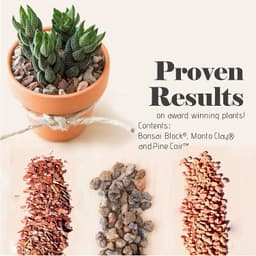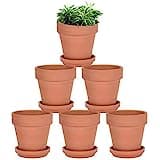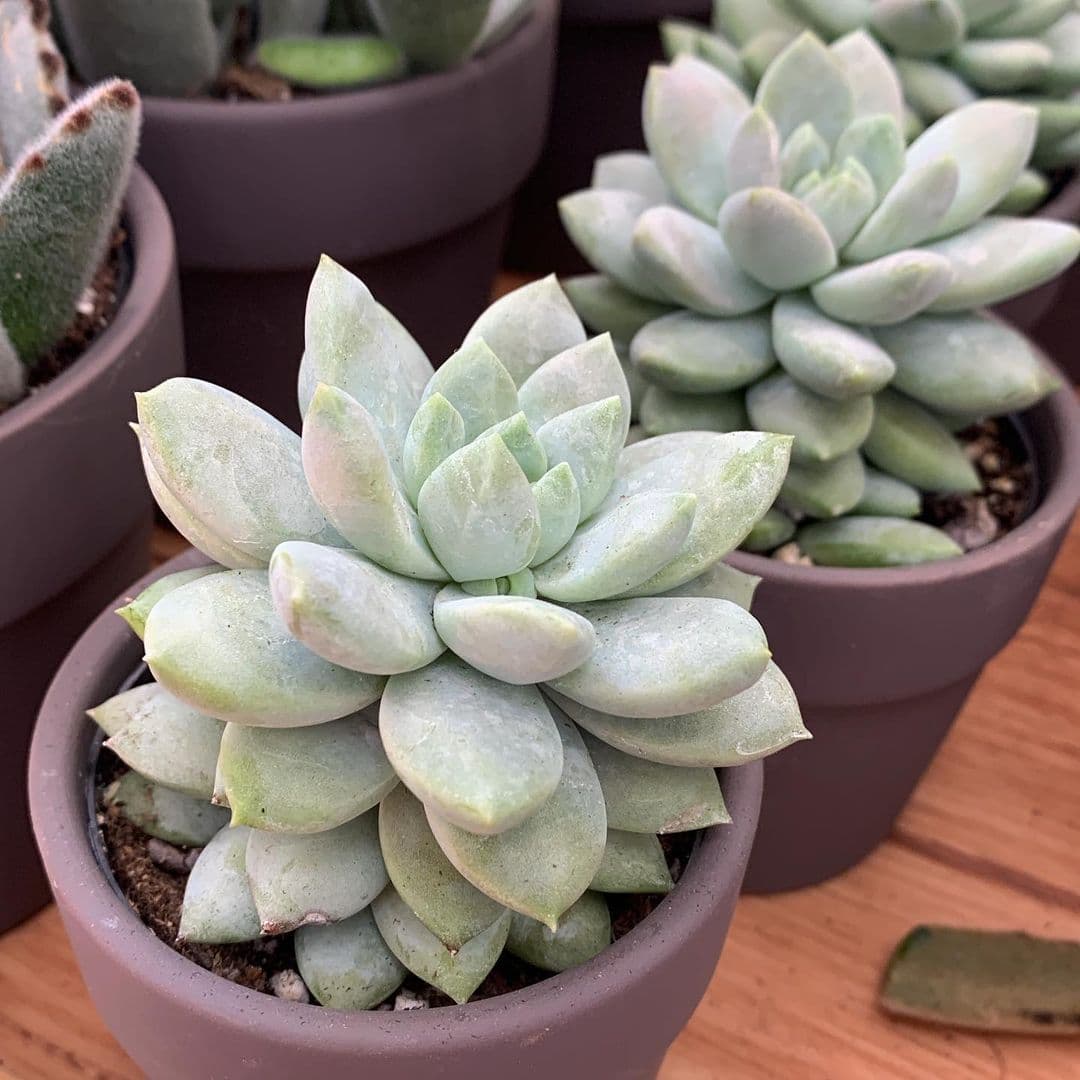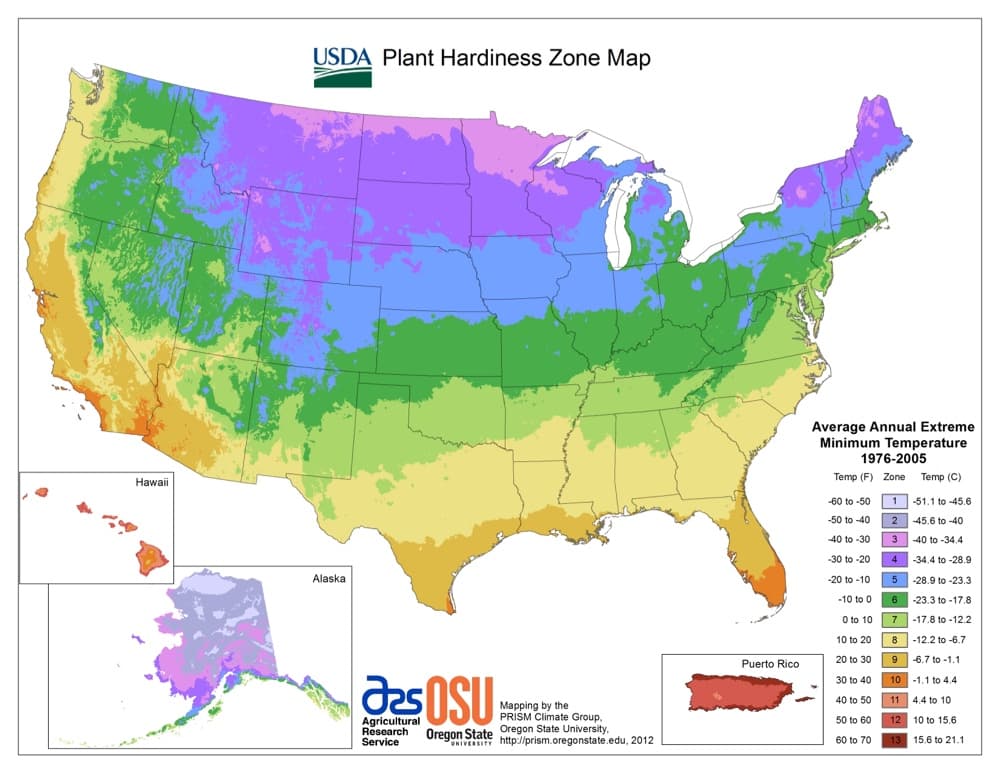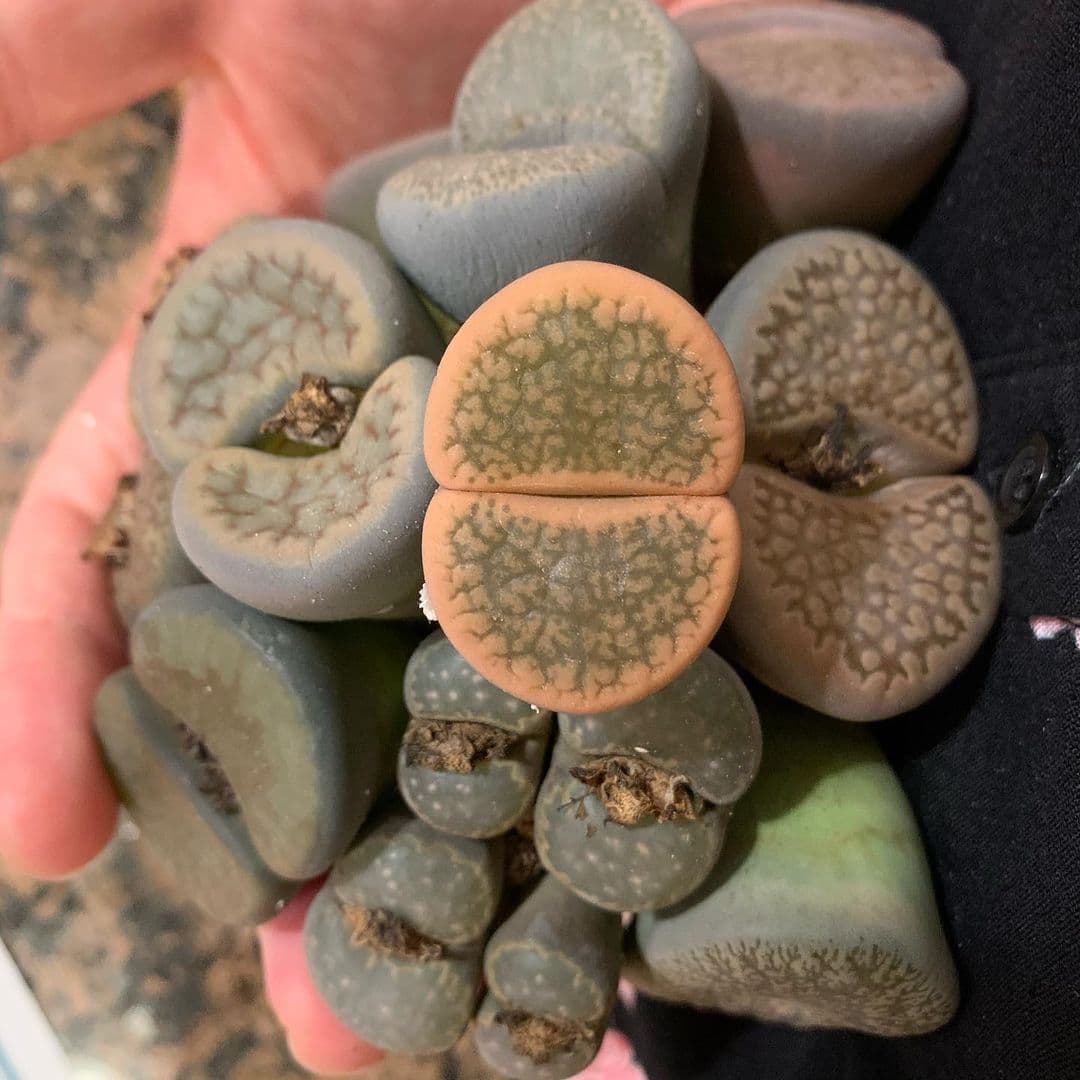Front Yard Succulent Garden Ideas and Care Guide
Posted by Grace on December 7, 2023
Hello succulent lovers, if you are living in outdoor succulent-friendly areas, decorating your front yard with some succulents is a great idea as well as a privilege compared to other not-so-friendly areas. In this article, I will talk about the popular types of succulents that you can use to design your front yard succulent garden!
Contents
- Types of Succulent for Front Yard Succulent Gardens
- Design Ideas for Front Yard Succulent Gardens
- Maintenance and Care
Types of Succulent for Front Yard Succulent Gardens
 Succulent garden in San Francisco, CA
Succulent garden in San Francisco, CA
Aloe Vera (Aloe barbadensis miller)
Known for its medicinal properties and striking foliage, Aloe Vera is a versatile succulent that thrives in various climates. It adds a sculptural and soothing element to the garden.
 Aloe Vera
Aloe Vera
Agave
With its dramatic, architectural form and low-maintenance nature, Agave is an iconic succulent for front yards. It comes in various sizes and shapes, making it an ideal focal point in a garden design.
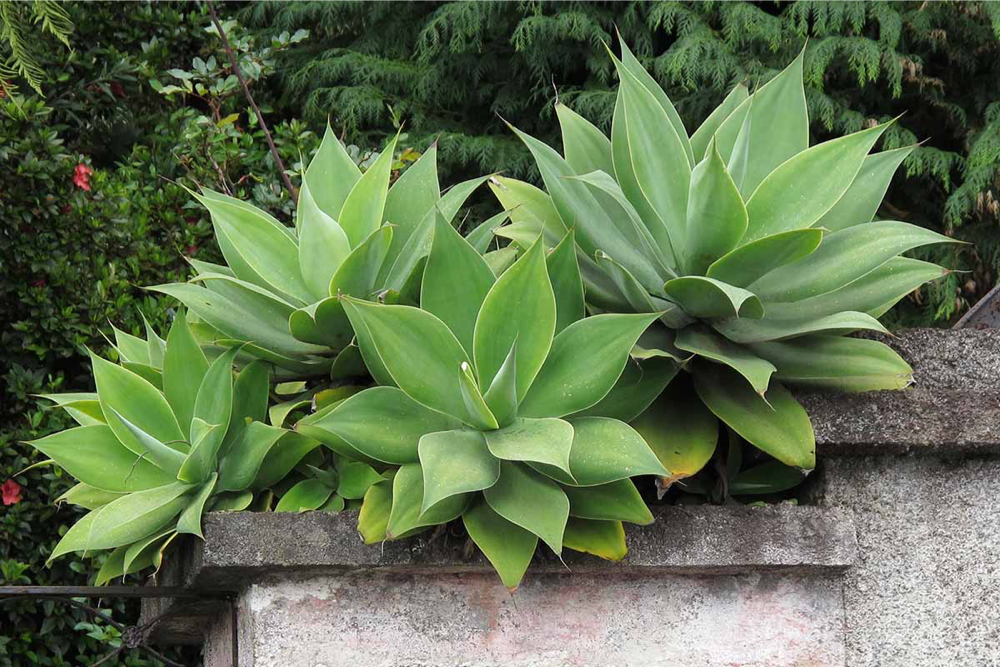 Agava
Agava
Cactus
Cacti are iconic succulents known for their unique and diverse shapes, from tall columns to round pads. They come in various sizes and colors, making them an excellent addition to a succulent garden. Cacti are well-suited for arid climates, requiring minimal water and maintenance. They serve as focal points or accents, adding an intriguing desert-like charm to any garden setting.
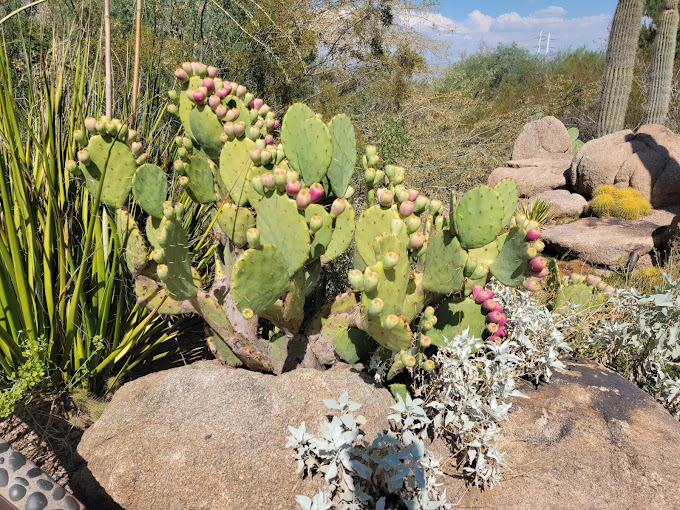 Cactus in Desert Botanical Garden in AZ
Cactus in Desert Botanical Garden in AZ
 Cactus in Desert Botanical Garden in AZ
Cactus in Desert Botanical Garden in AZ
Echeveria
These rosette-shaped succulents come in a wide array of colors and sizes, making them perfect for adding visual interest to a garden. They're adaptable and can be planted in the ground or in containers.
 Echeveria
Echeveria
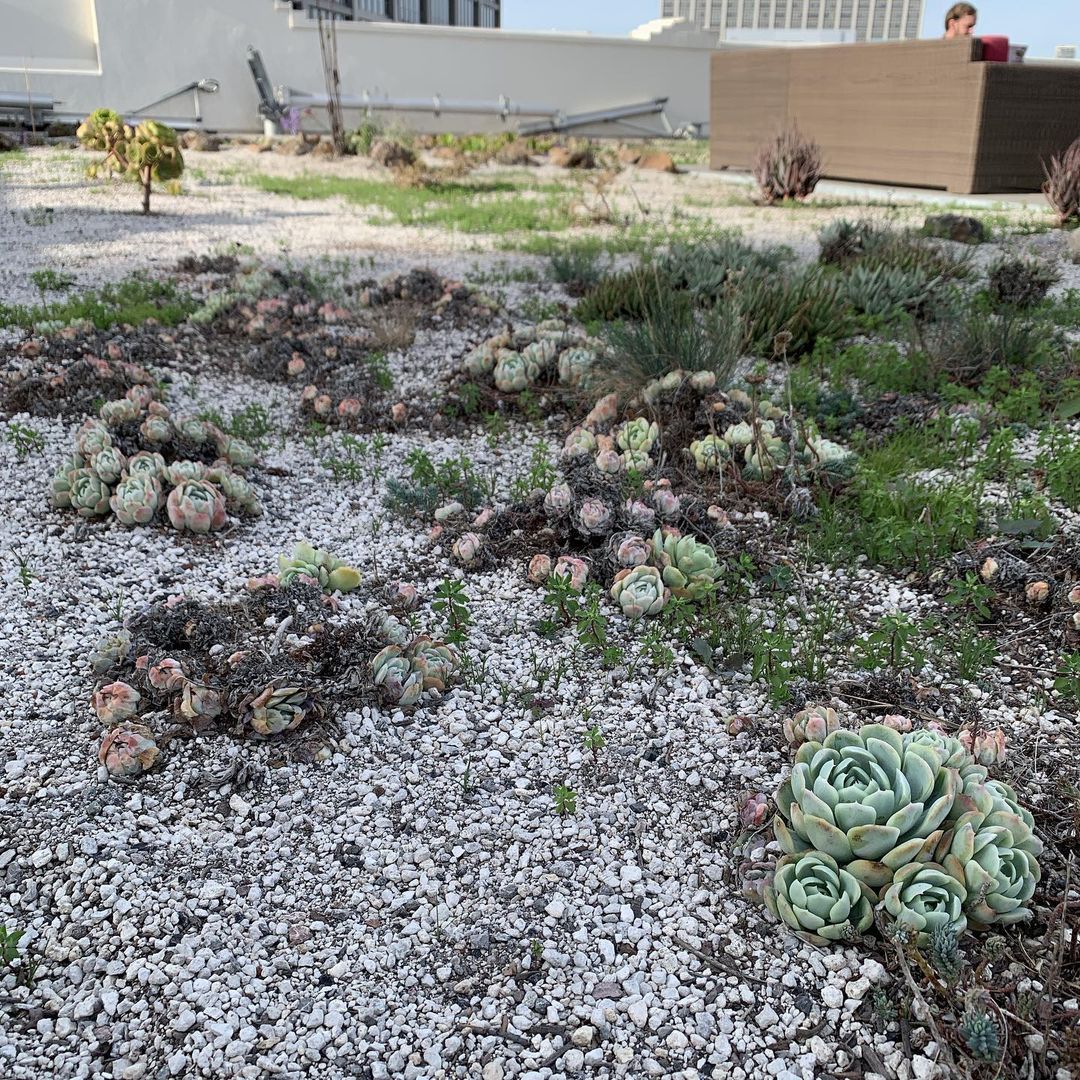 Echeveria on the roottop at the Twitter headquarters in 2019
Echeveria on the roottop at the Twitter headquarters in 2019
Sedum
A diverse genus offering many varieties, Sedums are great ground cover options. They produce clusters of colorful flowers and come in different shapes and sizes, suitable for various garden designs.
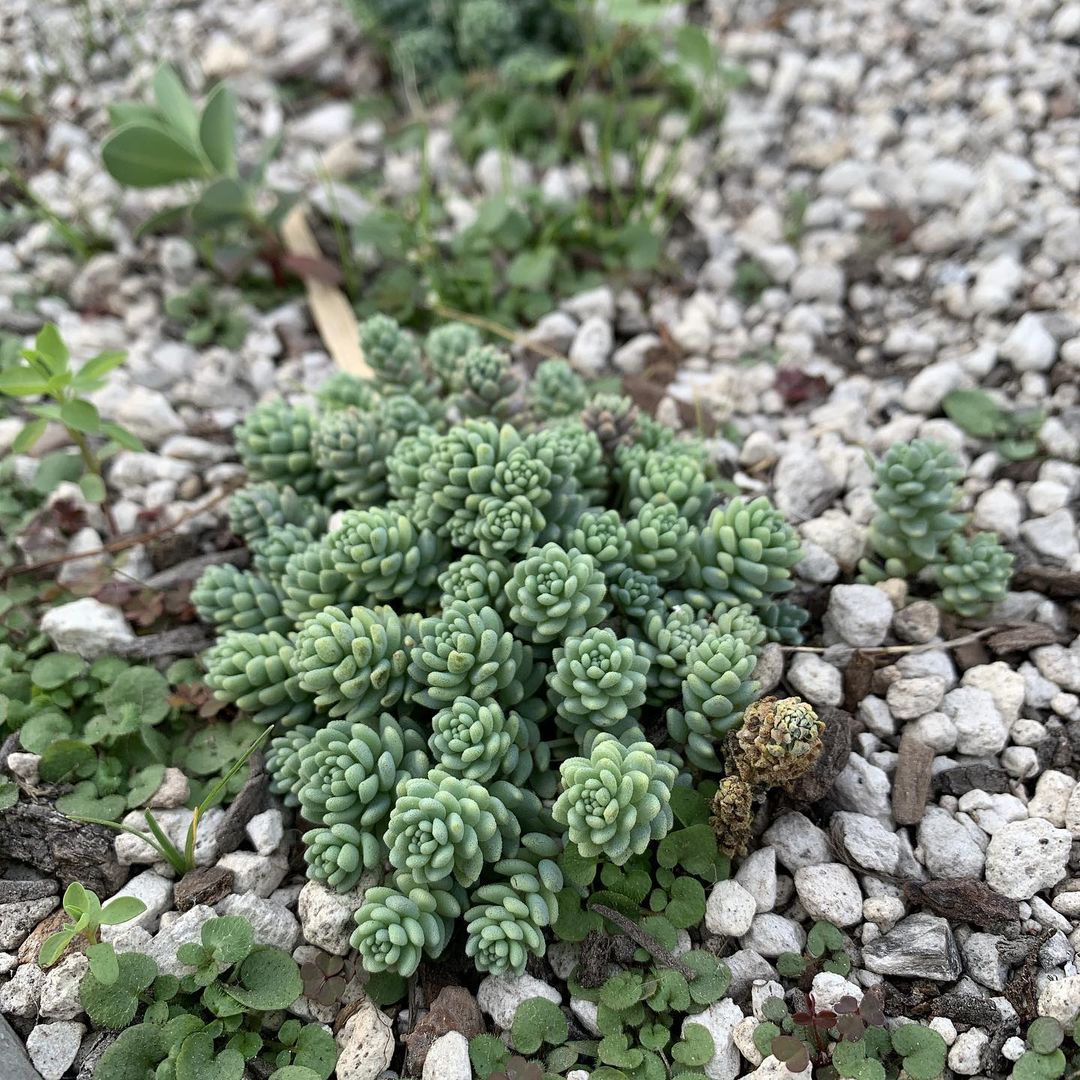 Sedum
Sedum
Crassula (Jade Plant)
Known for their tree-like appearance and resilience, Jade Plants are excellent for adding height and structure to a succulent garden. They thrive in sunny locations and are easy to care for.
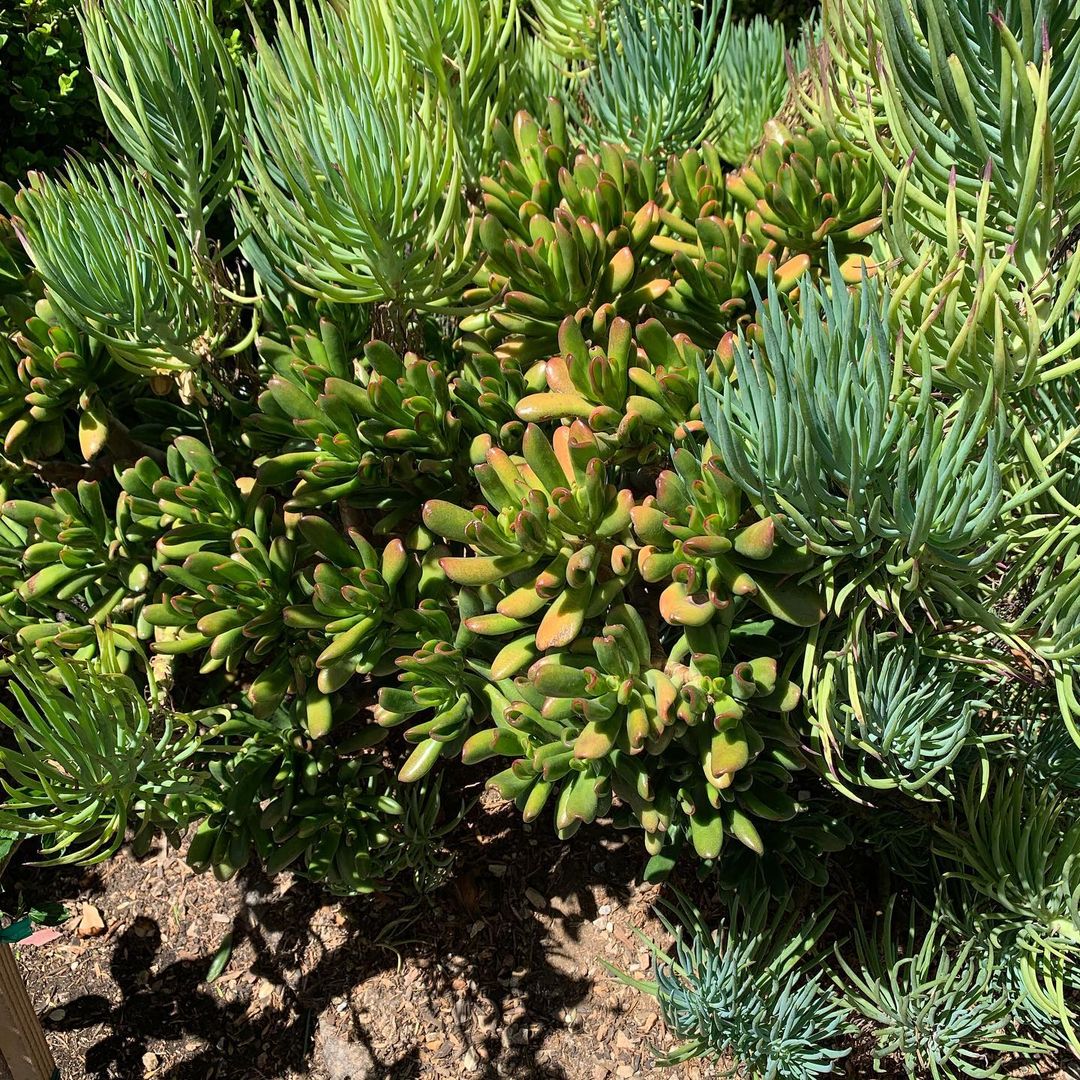 Crassula Ovata (in the center of the bush)
Crassula Ovata (in the center of the bush)
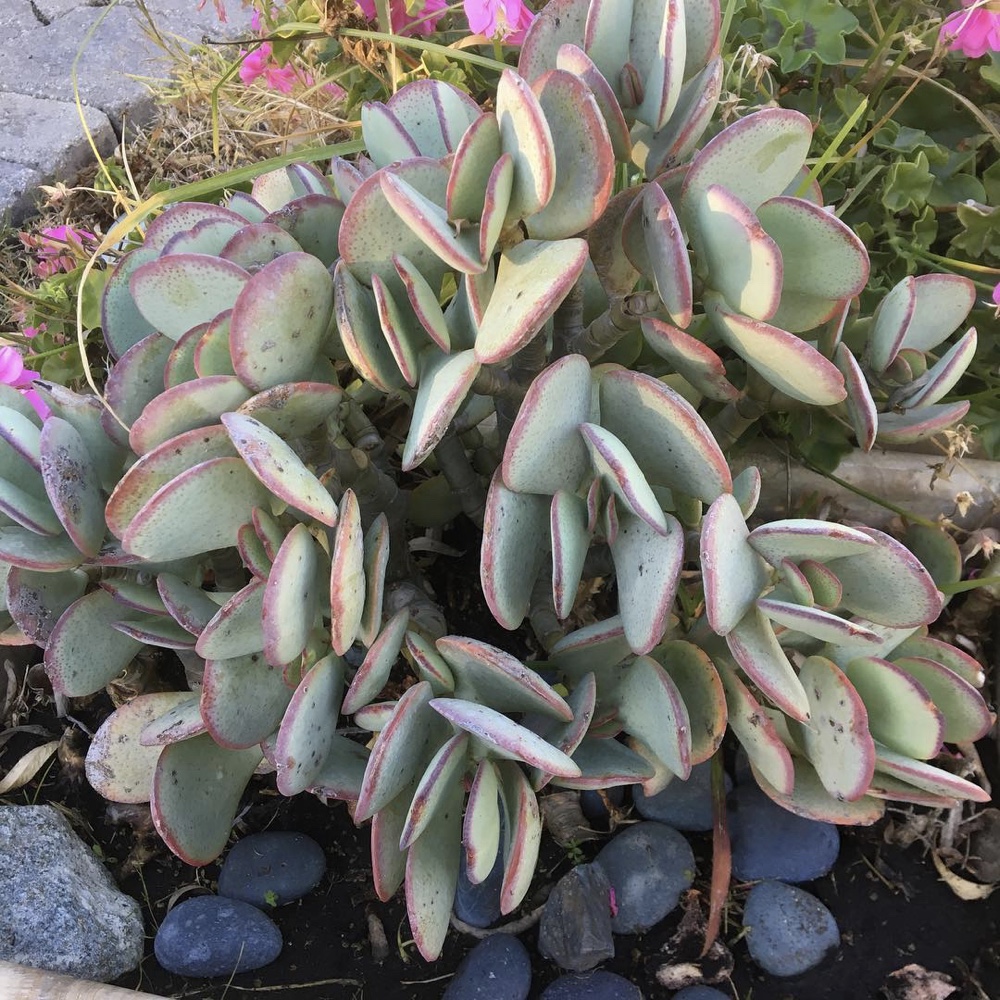 Crassula arborescens 'Silver Dollar'
Crassula arborescens 'Silver Dollar'
Sempervivum (Hens and Chicks)
These rosette-forming succulents spread and produce smaller offsets, resembling a hen and her chicks. They are hardy, drought-tolerant, and perfect for rock gardens or ground cover.
Yucca
Yuccas offer a striking, spiky appearance, adding a bold architectural element to a garden. They are known for their adaptability and tolerance to various environmental conditions.
Dudleya
These succulents feature attractive rosettes and are well-suited for dry, rocky environments. They add a unique flair to gardens and are ideal for creating a natural, wild look.
Kalanchoe
Vibrant and easy to grow, Kalanchoe plants offer colorful flowers and attractive foliage. They thrive in sunlight and are great for adding pops of color to a succulent garden.
Sempervivella
Resembling miniature roses, Sempervivellas are small, compact succulents that work well in borders, rockeries, or as ground cover. They come in various colors and textures.
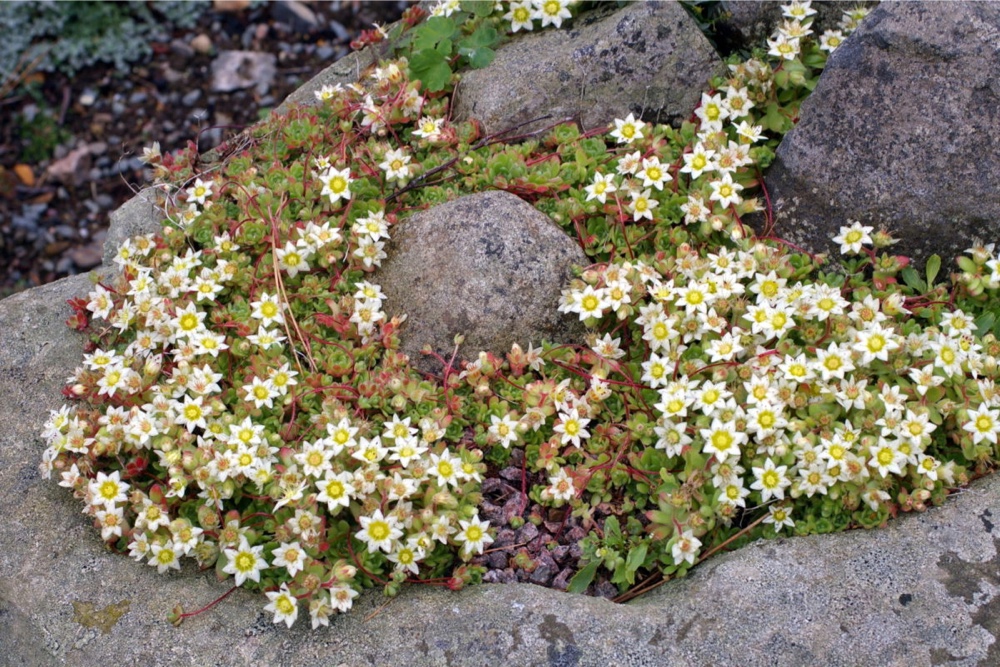 Sempervivella alba (Source)
Sempervivella alba (Source)
When planning a succulent garden, consider the climate, sunlight, and space available to ensure the selected succulents will thrive in your front yard. Mixing different types of succulents can create a visually appealing and diverse landscape.
Design Ideas for Front Yard Succulent Gardens
Container Gardens
-
Layout and Arrangement Suggestions: Use a variety of containers in different shapes, sizes, and heights to create visual interest. Arrange the containers in clusters or groupings for an eclectic look.
-
Best-Suited Succulents: Echeveria, Sedum, and Aloe Vera are excellent choices for container gardens due to their compact growth.
-
Tips for Combining Colors, Textures, and Sizes: Combine succulents with contrasting colors and textures to create eye-catching arrangements. Mix different sizes and shapes of succulents to add depth and dimension.
-
Maintenance Advice: Ensure adequate drainage in containers to prevent waterlogging. Regularly check and adjust watering according to the specific needs of each succulent.
Rock Gardens
-
Layout and Arrangement Suggestions: Arrange succulents amidst rocks of varying sizes to mimic a natural landscape. Place larger succulents towards the back and smaller ones towards the front for a sense of depth.
-
Best-Suited Succulents: Sempervivum, Sedum, and Agave are suitable for rock gardens due to their hardiness and low water requirements.
-
Tips for Combining Colors, Textures, and Sizes: Mix different shades of green and gray for a harmonious rock garden. Intersperse flowering succulents for seasonal color variations.
-
Maintenance Advice: Control weeds regularly to maintain the aesthetic appeal. Water sparingly but deeply to encourage deep root growth.
Vertical Gardens
-
Layout and Arrangement Suggestions: Use vertical structures such as walls, trellises, or hanging planters to create a vertical garden. Arrange succulents with trailing varieties at the top and upright ones at the bottom for a cascading effect.
-
Best-Suited Succulents: String of Pearls (Senecio rowleyanus), Crassula perforata, and Rhipsalis are suitable for vertical gardens due to their trailing nature.
-
Tips for Combining Colors, Textures, and Sizes: Mix different textures for a visually appealing vertical arrangement. Pair contrasting colors to create a vibrant display.
-
Maintenance Advice: Ensure proper anchoring of plants to prevent them from dislodging. Rotate plants periodically for even sun exposure.
Maintenance and Care
Understanding the needs and routines for caring for succulent gardens is vital for their sustained health. Here is a comprehensive guide:
Seasonal Care
- Spring: Gradually increase watering as temperatures rise and plants become more active. Check for new growth and repot if needed.
- Summer: Water deeply but infrequently, allowing the soil to dry out between watering sessions. Protect from intense sun and heat if necessary.
- Autumn: Reduce watering frequency as temperatures start to drop. Monitor for signs of overwatering during cooler, wetter periods.
- Winter: Water sparingly during dormant periods. Protect from frost and excess moisture to prevent root rot.
Pest Control
- Keep an eye out for common pests like aphids, mealybugs, and spider mites. Remove pests by gently washing the affected areas with soapy water or using natural pest control methods.
Pruning
- Trim dead or decaying leaves to improve the overall appearance of the garden. Pruning can also help prevent the spread of diseases.
Propagation Techniques
- Propagate succulents by leaf or stem cuttings, division, or offsets. Allow cuttings to callus before planting them in well-draining soil to encourage root growth.
Regularly inspect your succulents for any signs of stress, disease, or pest infestation. Adjust watering schedules and provide adequate sunlight based on the specific needs of each succulent species to ensure they thrive throughout the year.


